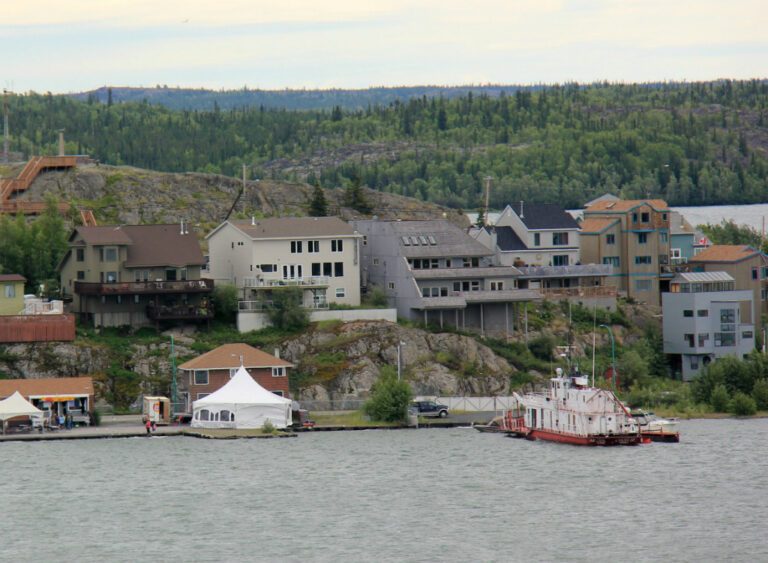EDGEitorial
Putting five per cent of royalties into the Heritage Fund is short-sighted and irresponsible
I’ve long felt financial success has less to do with how you spend your daily earnings and more about how you deal with a windfall. While it’s always tempting to spend it, deep down we all know it usually makes more sense to save or invest it.
Starting April 1, through Devolution, the Government of the Northwest Territories will receive the money previously collected by the federal government on the territory’s resource developments. Depending on the value of the rocks pulled from the ground and oil piped south, the government should end up with as much as $50 million more every year.
This money can be spent on anything, though they’ve wisely decided it won’t be absorbed by the seemingly insatiable beast that is program and service spending. This is good news, as is the fact the government already has a Heritage Fund. Established in resource-rich places such as Alberta and Norway, these funds are filled with some or all of the money collected by governments from non-renewable resource projects, which is then invested to provide long-term benefits.
During the upcoming February budget session of the legislative assembly, our leaders will likely decide what per cent of royalties to place in our own Heritage Fund. The fund works such that the principal (money put in) can’t be touched. But starting in 2032-2033, interest or income earned can be taken out to a maximum of five per cent of the fund’s total balance.
Instead of contributing a large amount of money to the Heritage Fund right now, the GNWT claims a massive territory-wide infrastructure deficit proves the need to invest in infrastructure today. Because of this, the early plan is to put a meagre five per cent of royalty dollars into the fund.
From roads to health centres to new schools, think of our infrastructure needs as a row boat filled with water. Now think of the $40 million we’re going to spend on them every year as removing a coffee cup’s worth of liquid. At the end of 20 years, the boat’s still going to be filled to the brim. And, with some of the buildings we built with that money now obsolete, there may in fact be just as much water in the boat as before. If infrastructure really is a priority, why don’t we just shift $40 million from the GNWT operating budgets that seem to grow in lock-step with the amount of money coming in?
But the real question is if we spend the money now, what are we left with?
Let’s say we put the GNWT’s proposed five per cent into the fund every year and it earns a five per cent return. In 2032-33, this would leave us with grand total of $68 million in the bank, of which we could withdraw a maximum of five per cent – about $3.4 million every year. Does this strike you as, in the words of the GNWT, “A Resource Legacy for the Benefit of All Generations”?
Now let’s say over the next 19 years the government places an average of $42 million in royalty dollars into the fund, or all of the royalties. All things being equal, we’d have access to roughly $66.5 million every year and, more importantly, more than $1.3 billion, yes billion, in the bank.
For a government taking on new responsibilities that may come with unexpected future costs, having this money in reserve seems like a good idea.
When a windfall comes, whether it’s a lottery winning or an inheritance, it’s tempting to spend the money now. But when deciding how to spend resource royalties, I’d ask our political leaders to think about the future. This decision isn’t about whether you sit on the left or right of the political spectrum. It’s about what makes sense.




